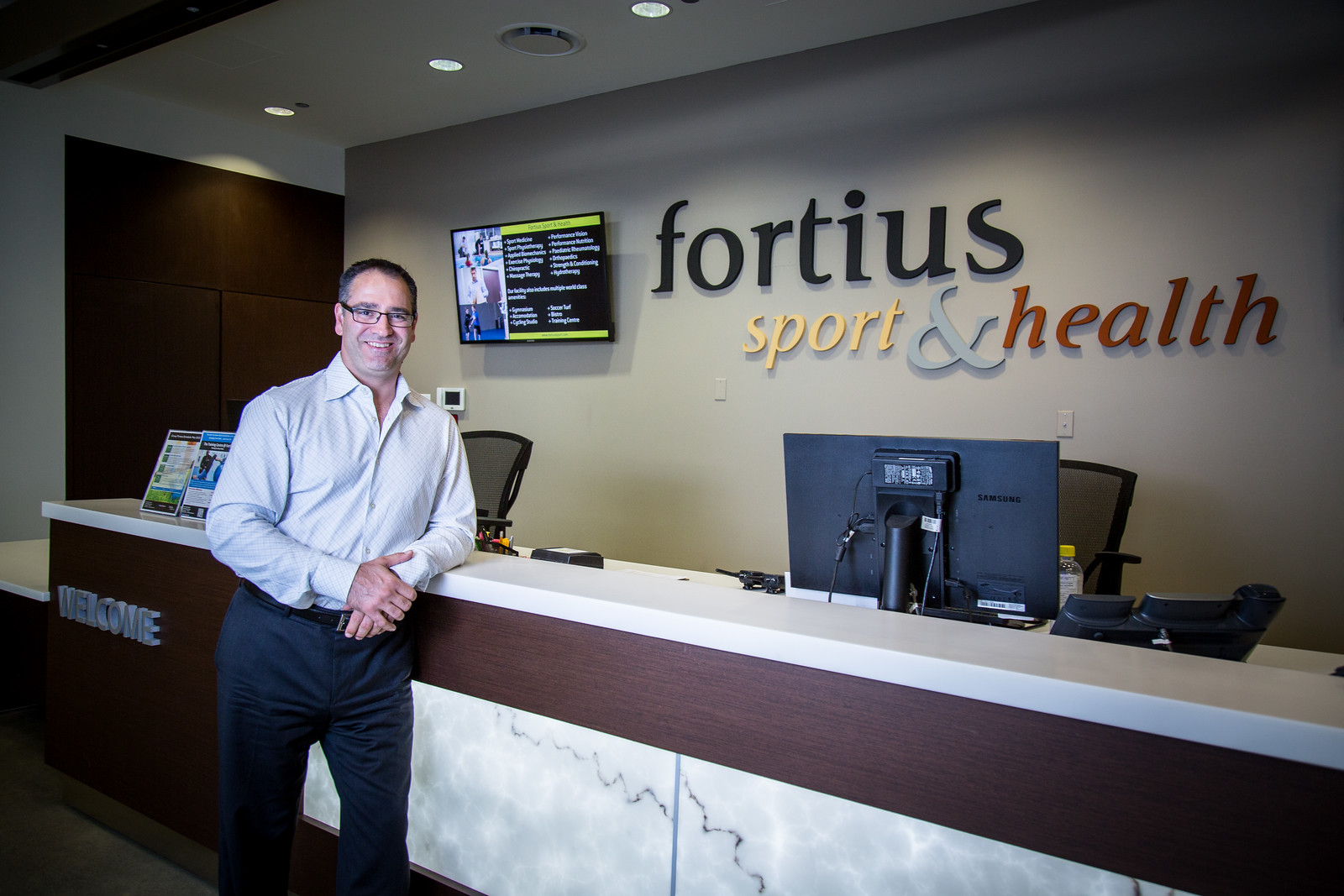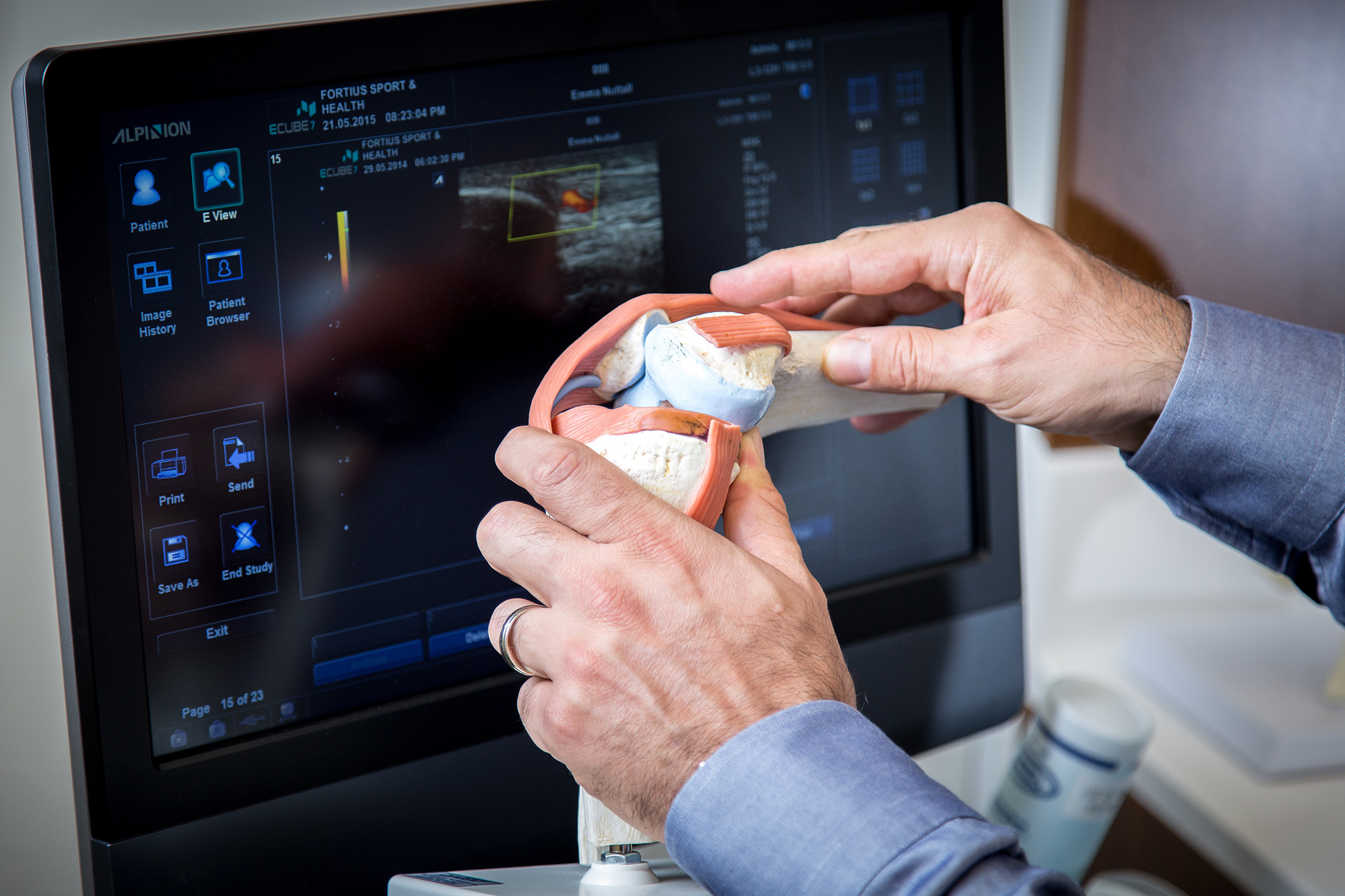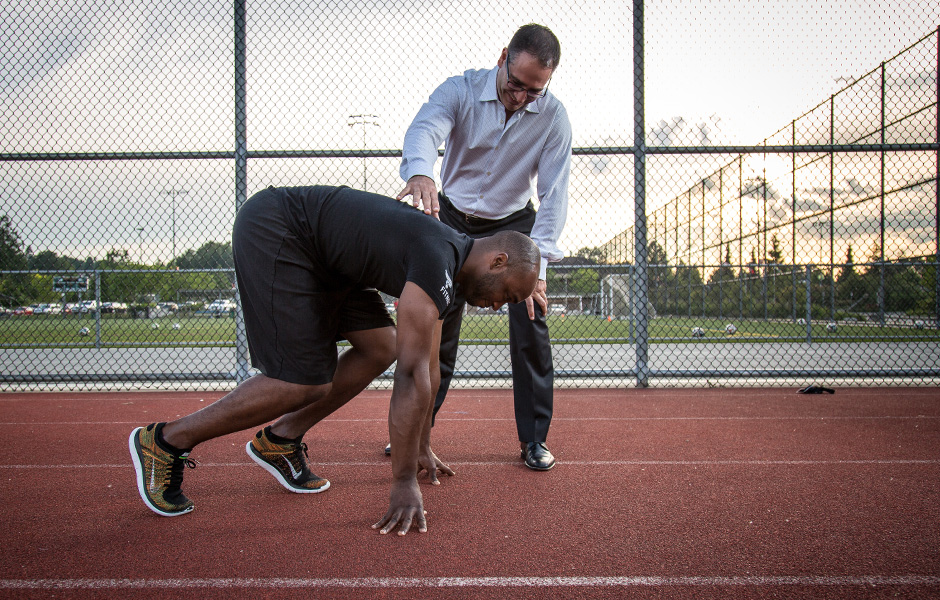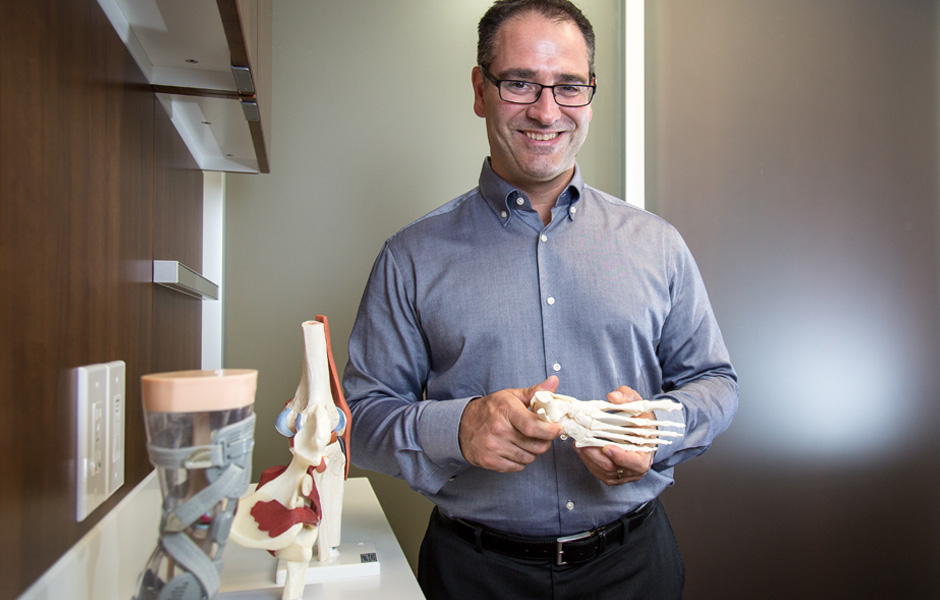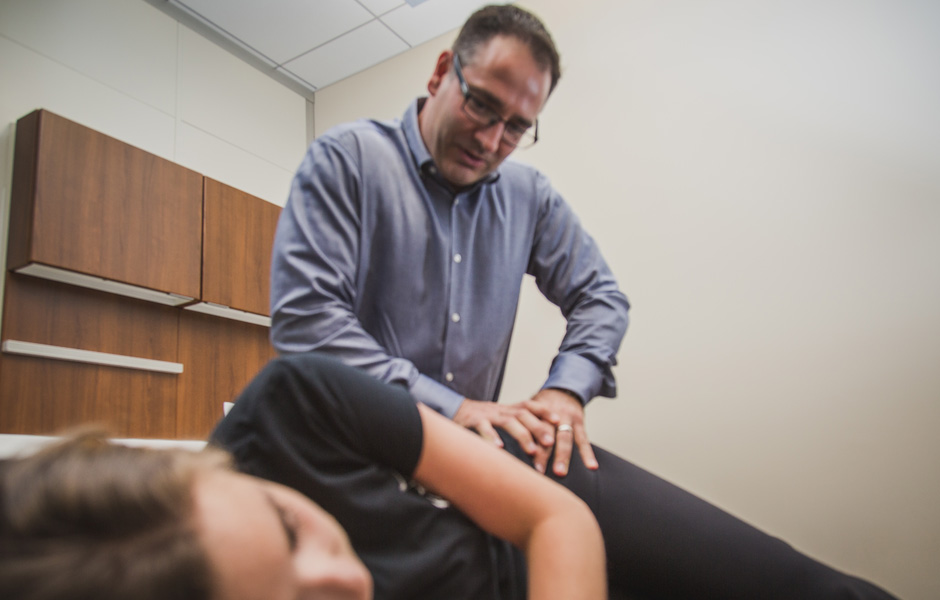The human body is made to move. Without movement, health is difficult to maintain, in fact many physiologic processes such as tissue healing are dependent upon movement to direct their progression. Many components contribute to our ability to move, joint mobility and stability, soft tissue mobility and compliance, neural input and preconception, are just a few. Compromise in any of these can lead to injury and impact performance. When working in a rehabilitation, injury management or performance environment, a health care or performance professional must have a broad set of tools to effectively restore or improve the components integral to effective movement.
In regards to athletic performance, technical mastery of a given movement pattern or skill (sprinting, swinging a bat or golf club, swim strokes, etc.) will be a determinant of success. All other things being equal the more technically sound athlete will perform at a higher level, be more efficient (in regards to energy expenditure), and reduce frequency of injury. In any sport it is critical that a trainer or medical professional understand both the physiologic, neuromuscular, and technical demands of a given sport on an athlete. If there is a lack of this understanding, the success in treating an injury or increasing performance will likely be suboptimal.
Movement
“Movement” – the act or process of moving; especially : change of place or position or posture (2) : a particular instance or manner of moving.
Dr. Gerry Ramogida has spent many years working at the highest levels of sport. Whether with the Seattle Seahawks in the NFL, or some of the fastest athletes in the world in track and field, NHL players, or consulting with players and teams in the English Premiere League, he has combined a knowledge of movement, rehabilitation, and manual therapies to bring athletes back from injury, as well as working together with coaches and athletes to maximize performance. In a number of cases athletes have returned from injury with better performance measures in power and speed than prior to injury. On the performance side, Dr. Ramogida has been part of Olympic, World Championship, Pan American, Commonwealth gold medal efforts on the track, in addition to championship teams in many sports.
Dr. Ramogida’s interest in combining movement evaluation with manual therapy (in a system of observe/evaluate, provide treatment, and re-observe) stem’s back to the start of his career where he worked with a number of world class sprint and power/speed coaches. Of greatest influence was Coach Dan Pfaff. Coach to a multitude of medalists and world record holders, it was Dan who demonstrated how the coach, athlete, and therapist could work together as a “trinity”, unified by a common understanding of the optimal mechanical model required in a given track discipline (sprints, throws, jumps, etc.) or sport (speed development, agility, etc.). Each part of the triad providing input daily, working toward the goal of mastery of the required skills to achieve excellence. With this foundation, Dr. Ramogida has travelled and worked world wide in numerous sports.
Active Release Techniques (ART)
ART® is a manual therapy designed to specifically identify and treat (release) myofascial adhesions (areas of fibrotic change – aka scar tissue) within or between layers of soft tissues. Myofascial Adhesions result from the inflammatory process which occurs in acute injuries, repetitive strain or as a result of fibroblast cell (a specialized scar tissue producing white blood cell) activation due to hypoxia (low oxygen concentration) when blood flow is restricted to a muscle under chronic tension. Hypoxia often occurs as the result of many hours spent in poor postural positions (staring at a computer screen, sitting for hours at a desk or in a car). The resultant myofascial adhesions act like glue adhering muscle fibers and related connective tissues, preventing the normal sliding/gliding movements which normally occur between and within healthy tissues. Myofascial adhesions limit muscle, tendon, ligament, or joint mobility and can create abnormal or painful motion. Myofascial adhesion involving nerve and the surrounding tissue can cause numbness, tingling and/or radiating pain, as is seen in conditions like carpal tunnel syndrome and sciatica.
During an ART® treatment, the involved tissues are assessed for tissue texture, tension, movement, and function. The practitioner applies a manual contact along the palpable Myofascial adhesions with a thumb or finger while guiding the patient’s limb or body part through a specific movement, which lengthens and stretches the contacted tissues. This process separates and creates tension between the tissues while the contact helps to release fibrotic adhesions. Treatments can feel uncomfortable during movement as myofascial adhesions “break-up”. Discomfort is temporary and subsides almost immediately after treatment. Patients typically describe the sensation during treatment as “a good hurt”, or the feeling of “it’s exactly what is needed”.
“The Foot” – “Micromovement dictates Macromovement”
In working with athletes and anyone wanting to be active, a manual therapist cannot spend enough time working on the feet. The foot and ankle contain: 26 bones; 33 joints; more than 100 muscles, tendons and ligaments. With so many joints between the ankle to the toes, there is obviously a large capacity for specific motion which makes the foot adaptable to the surfaces to which its exposed. Proper foot function requires the coordinated action of a large number of intrinsic muscles, which manage the “micromovements” of the numerous joints, analogous to the stability provided to the spine and pelvis via the “core” musculature. When one considers the foot is the first structure to make contact with the ground in walking, running, skating, etc., and through its symphony of activity is responsible for setting up the biomechanical sequences which guide movement all the way up the chain, throughout the body – “Macromovement”. If there is dysfunction in the foot there will certainly be amplified dysfunctions up the chain (ankle, knee, hip, sacroiliac joint, lumbar spine, all the way up to the neck and upper extremities). It is rare that during treatment, significant time will not be spent assessing foot function. Nothing in the body happens in isolation, therefore we must ensure all the joint complexes in the body and their related soft tissues are assessed and treated.
Mechanics, Mechanics, Mechanics
Our bodies are incredibly designed. We can produce, absorb, and return large amounts of force into the ground during sports activity. This force production enables the creation of rotational force, vertical force, etc., needed to sprint, throw, skate, jump, strike….etc. Each of us has a unique but similar anatomical structure. As well, we are all subject to the laws of physics. Due to these facts there are movement patterns which are more efficient and allow the body to more easily manage and produce necessary forces to perform actions from walking to the most dynamic athletic activities. When we move in a less than optimal manner more stress is imparted on our tissues. If force is significant enough at a single point in time, acute injury can result such as a hamstring tear, or ACL rupture. However, often it is repetitive inefficient movement which slowly leads to overload of our tissues. When an inefficient movement is performed with a high enough frequency where tissue micro trauma occurs faster than the tissues effort at repair, repetitive strain or overuse injuries can result, such as Achilles tendinitis (tendinopathy), tennis elbow (lateral epicondylitis), jumpers knee (patellar tendinopathy), etc. can result. Even the injuries assumed to be an acute event are often the moment of the “straw breaking the camels back” of chronic overload due to repetition of poor mechanics. To work with athlete and active individuals, their movement patterns in their preferred activity or sport must be observed, as it is often the correction of inefficient mechanics which lead to improved performance and a reduction in injury frequency.
